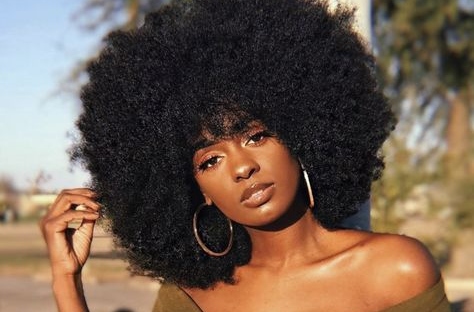The Afro – more than just a hairstyle, it’s a cultural symbol that speaks of resilience, pride, and style. From its roots in ancient African civilisations to its bold resurgence during the civil rights movements of the 1960s and 70s, the Afro represents a heritage steeped in identity and self-empowerment. It is as timeless as it is iconic, maintaining its influence across generations and sparking pride among people of African descent globally.
The Afro was a radical statement during its most famous period in the 60s and 70s. Worn proudly by activists, artists, and fashion icons alike, it became a powerful symbol of the Black Power movement, challenging societal norms and reclaiming natural beauty.
Figures like Angela Davis, with her towering Afro, and musicians such as Jimi Hendrix, turned it into an emblem of both rebellion and beauty, defining an era that encouraged people to embrace their roots – quite literally.
Interestingly, the Afro can trace its roots much further back to ancient Africa, where various tribes styled their hair into intricate shapes and patterns as expressions of status, identity, and cultural belonging. For many, hair was, and remains, a means of storytelling – an outward expression of one’s history and self.
By the late 1990s and early 2000s, the Afro saw a revival, spurred by renewed appreciation for natural hair textures. Today, we see its influence everywhere – from fashion runways to social media feeds – a testament to its enduring appeal and relevance. Each new generation continues to reimagine the Afro, celebrating it with modern twists while honouring its roots. It’s not just a hairstyle; it’s a legacy.


